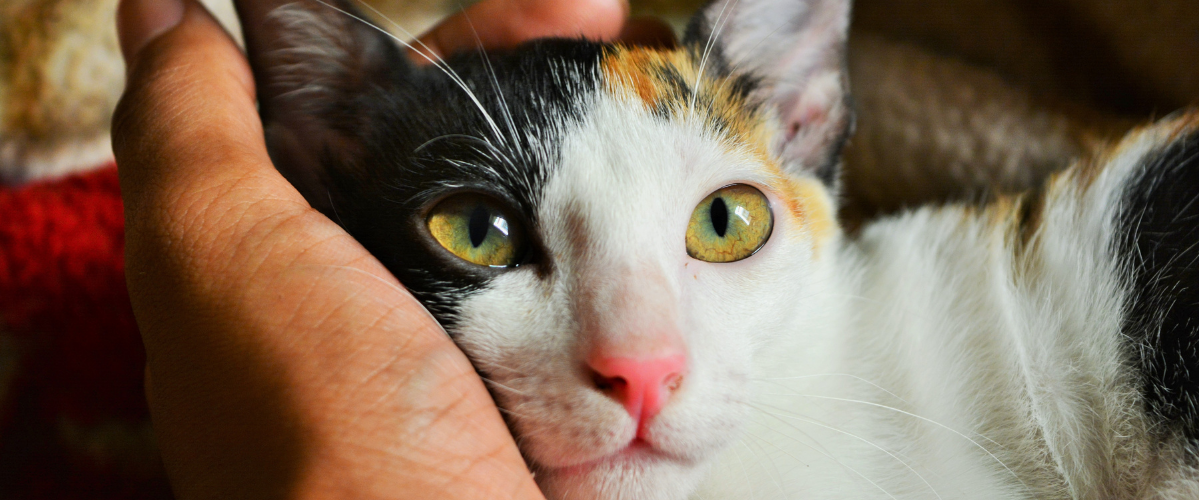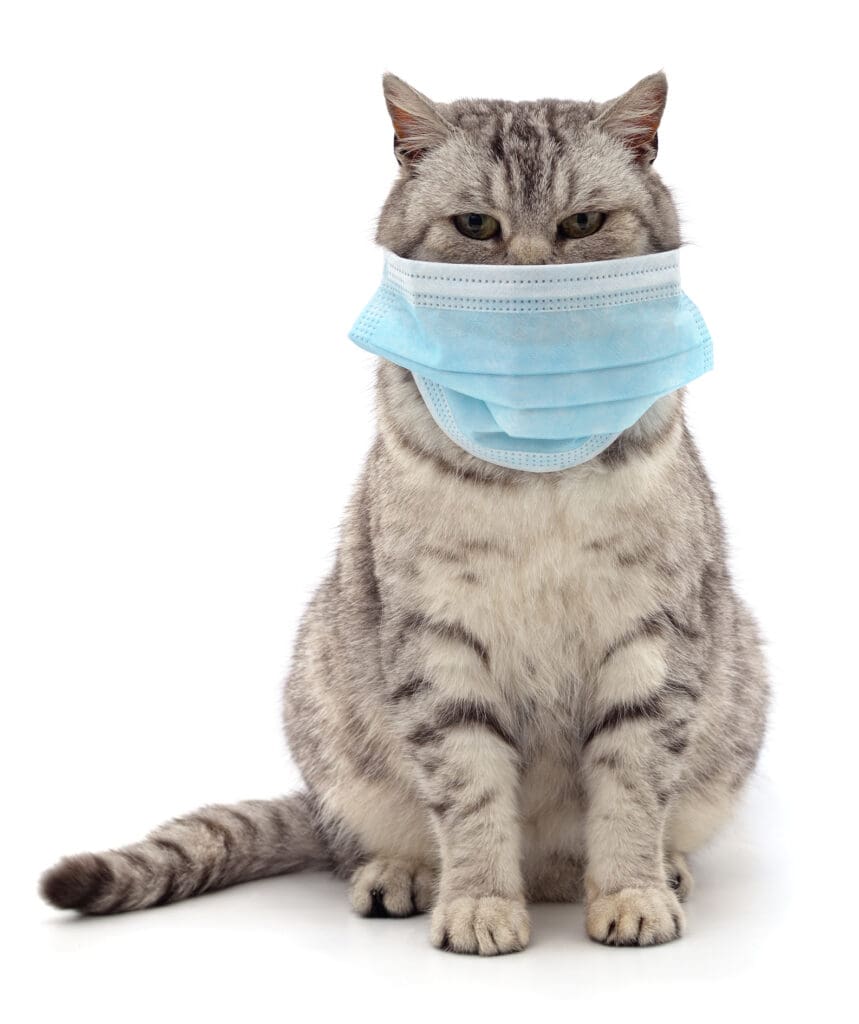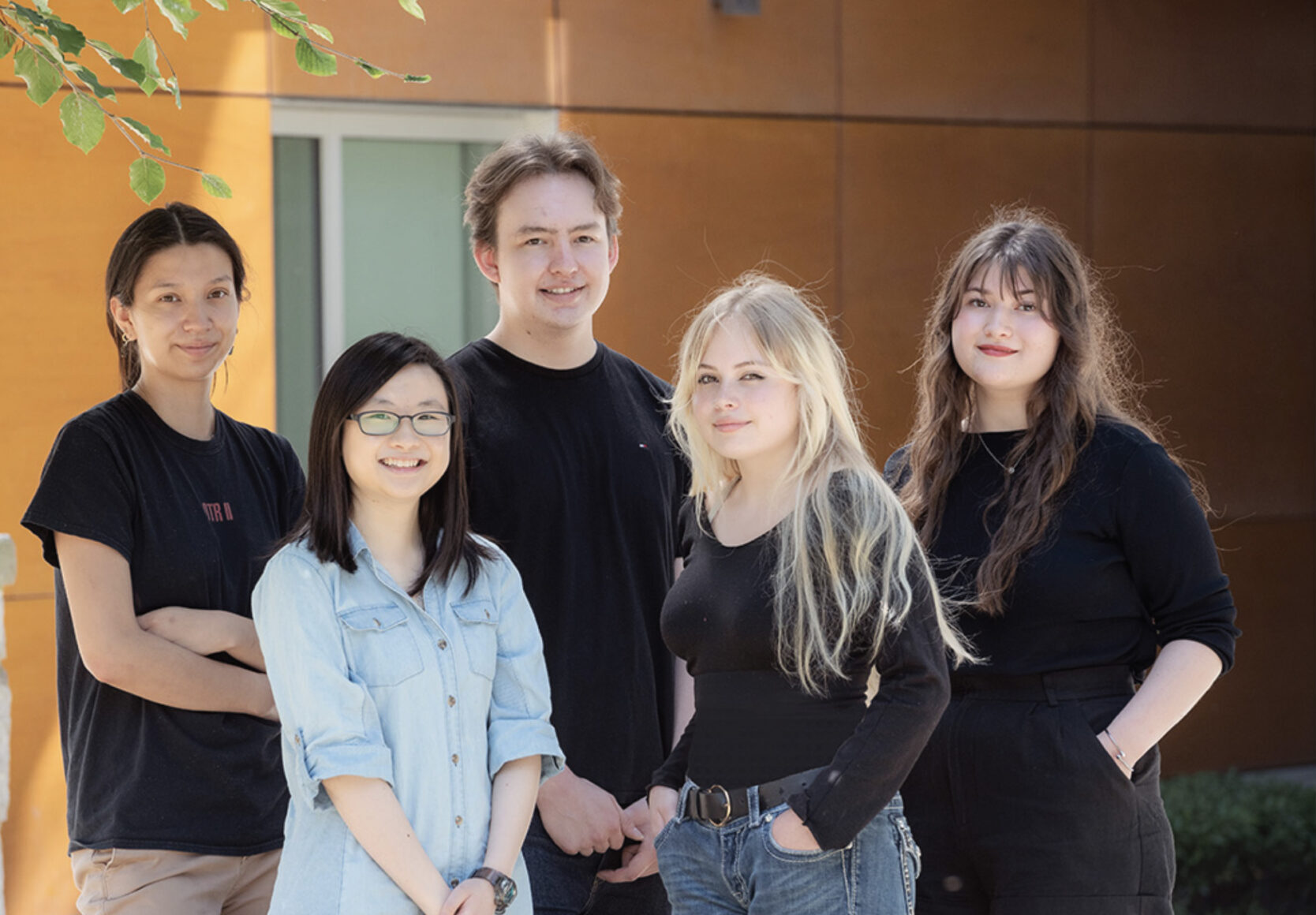Guest post by:
Dr. Erin Fraser, Principal Investigator
Public Health Veterinarian, BC Centre for Disease Control
Hattaw Khalid, Project Coordinator
University of British Columbia
The COVID-19 pandemic most likely originated from the SARS-CoV-2 virus in an animal reservoir (bats), then it likely jumped to a secondary animal species before it was passed to humans. Although this often happens in nature, there is so much that we still don’t know about how and when these jumps occur.
While the SARS-CoV-2 virus has now clearly established itself in human hosts, the range of animal species in which it can replicate remains unknown. We have seen natural infections of COVID-19 in minks, ferrets and cats, but there is still so much that we don’t know about how this transmission occurs and whether or not humans can be infected from their companion animals.
This study aims to address an important knowledge gap on COVID-19 transmission dynamics and the disease risk pathways between people and cats in households with a confirmed human case of COVID-19.
The study uses a passive recruitment method, which means participants enroll themselves into the study rather than being sought out. Once a participant reaches out to us, we contact them to complete a pre-sampling survey by phone. For the survey, we ask questions about daily interactions of pet owners with their cat(s); this will help us understand if certain behaviours increase the risk of transmission.
Once the survey is completed, we schedule a time for the sample collection team to visit the household and collect samples. The process is contactless and everything is disinfected before and after use to ensure the safety of the team as well as the participating households.
Owners are asked to place the cat in a carrier and place the carrier outside the front door. Once the door is closed the team picks up the cat and collects samples in an enclosed outdoor canopy. Our sample collection team is made up of highly trained veterinary professionals that use fear-free tactics to help put the cats at ease. Cats that are too fractious will not be sampled and will be removed from the study. Once again, the safety of the cats and the veterinary team is a top priority.
Samples are collected twice within a 10-day period; if a cat tests positive for COVID-19 we will continue to test it until we have a negative result. Participants will be informed of the testing results and will be provided with animal care instructions if their cat(s) test positive for the virus.
- Blood sample
- Nasal/oral swab
- Rectal swab
Recruitment is ongoing until we reach our target sample number. If you’re interested in participating, or would like to learn more, please visit our website here.




